I thought I’d share some tools and tips from around the studio for my post today! 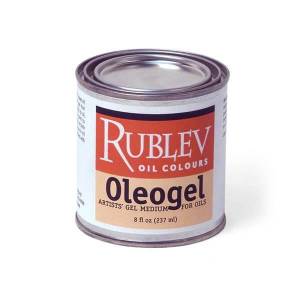
“Oleogel is a thixotropic painting medium made with linseed oil and pyrogenic silica that adds transparency and thixotropic body to oil, resin-oil or alkyd paint.”
It’s essentially clear oil paint. I find this really useful for a few purposes. It is a great way to take just about any pigment and make it functionally transparent but not get it all soupy with thinner or a thing glazing medium. It is also wonderful for oiling out an area to paint into again. It makes a dry area almost feel like you’re painting into wet paint, but of course, it’s not blending with the dry paint. I also find that it’s useful for glazing. I prefer to glaze with more of a dry brush approach, no medium, and just small amounts of pigment, but Oleogel is undeniably nice for glazing.
The reason that it works well is it is, as I said before, clear oil paint. It doesn’t change the handling of the other paint much. It lets you keep working the glaze without it tacking up too soon, or getting streaky. It makes controlling the glaze easier. I like to buy the 8 oz can and then tube it into 40 ml tubes, but you can buy it already tubed and save the hassle. It is a slow drier and will last a long time in the can, but once you’re halfway through it you might notice that what’s in the can will start to stiffen up. A can will last me 4-5 years.
Another medium that I like, but I don’t use that much of, is Gamblin’s Solvent-Free Gel. From Gamblin’s site:
“Gamblin Solvent-Free Gel is the only solvent-free painting medium that supports a broad range of painting techniques with minimal compromise.
Solvent-Free Gel gives colors more flow and transparency, yet holds the shape of your brushmark. Solvent-Free Gel has a moderately fast drying rate and increases gloss. Made from safflower oil and alkyd resin, Gamblin Solvent-Free Gel is non-toxic and contains no Gamsol or petroleum distillates.”
This medium has a little more body to it than Oleogel, but it’s still pretty light-bodied. It imparts a nice silky texture to the paint without reducing it’s covering power too much. I will sometimes use this when starting a painting with a precise drawing in paint. It can also be nice for very fine details. The colors flow nicely with just a touch added.
The next one is one of my favorite pairings and will also tell you that I am a gadget nerd. A Magic Clamp with a double-ball-head-mini-flex-arm paired up with a tripod mountable cell phone holder. Phew! This is super handy! 🙂
This little clamp is really handy and if there is a lip or bar or anything that will fit into the mouth of the clamp, you can attach it! It is useful if you are going to film with your phone and can’t fit a tripod into a tight space, or to keep your phone where you can see it if you need some reference and don’t have something else (I’ve used this when traveling). On a day to day basis, I mount mine next to my easel and it keeps my phone visible and makes it easy to respond to a text using voice if I need to and not have to set my brushes down.
Lastly is another pairing of tools, this time three of them! A tripod and Strada Pad, both from Strada Easel along with a horizontal telescoping tripod arm* The latter was given to my by Dan Dos Santos for filming. It works great for that, but I’ve found other solutions there and now put it to use holding my palette! I took the Strada Pad, which is another very versatile and simple tool, and used velcro to mount a piece of glass on it. the Strada pad also makes a stand for a projector, a watercolor or pastel easel/holder, a palette without any glass on it, and a tray for reference. I have used it for all of these things! Mine is a prototype, the final version is nicely powder-coated on all sides.
A bonus tip, if you cut your paper towels up into quarters, you can mount them on your palette easily with a little binder clip to hold them in place. It makes it convenient to wipe your brush on and not get messy or have to wear gloves.
I painted the backside of the glass with a neutral grey primer. The Strada Pad has a standard 4-20 threading on the back which means it can attach to just about any tripod. It goes onto the horizontal arm which gets mounted on the tripod.
Why the arm? Because it keeps the tripod out from under my feet the wheels of my chair. The setup works fine enough without the horizontal arm, but it does take it to the next level! 🙂 This makes it very easy to change the height, tilt, and angle of the palette. I can position it wherever it is most convenient!
It’s a bit pricey to buy all the components just to hold your paint, but each part is useful apart from this implementation and easily breaks down. The horizontal arm and the tripod both have quick release plates and the palette glass is just on with industrial velcro so it comes off without much fuss. So you get some dual-use or more out of each part. Having said that, I find this setup so useful that if I were to start over in my studio for some reason, I would buy all of this for my palette. One last note, see the horizontal arm above? That’s where I mount my phone using the Magic Clamp and phone holder I mentioned earlier in the article. It gives my inner studio nerd warm fuzzies thinking about how convenient it all is.
I hope you found the post useful and if you have some studio tips, please share in the comments!
Howard Lyon
Patreon Gumroad Twitter Instagram
*It looks like the horizontal arm is a little tougher to get on Amazon for the lowest price. You might look around for it on the internet and see if you can get it for cheaper. It’s very well made and I anticipate that it will outlive me 🙂


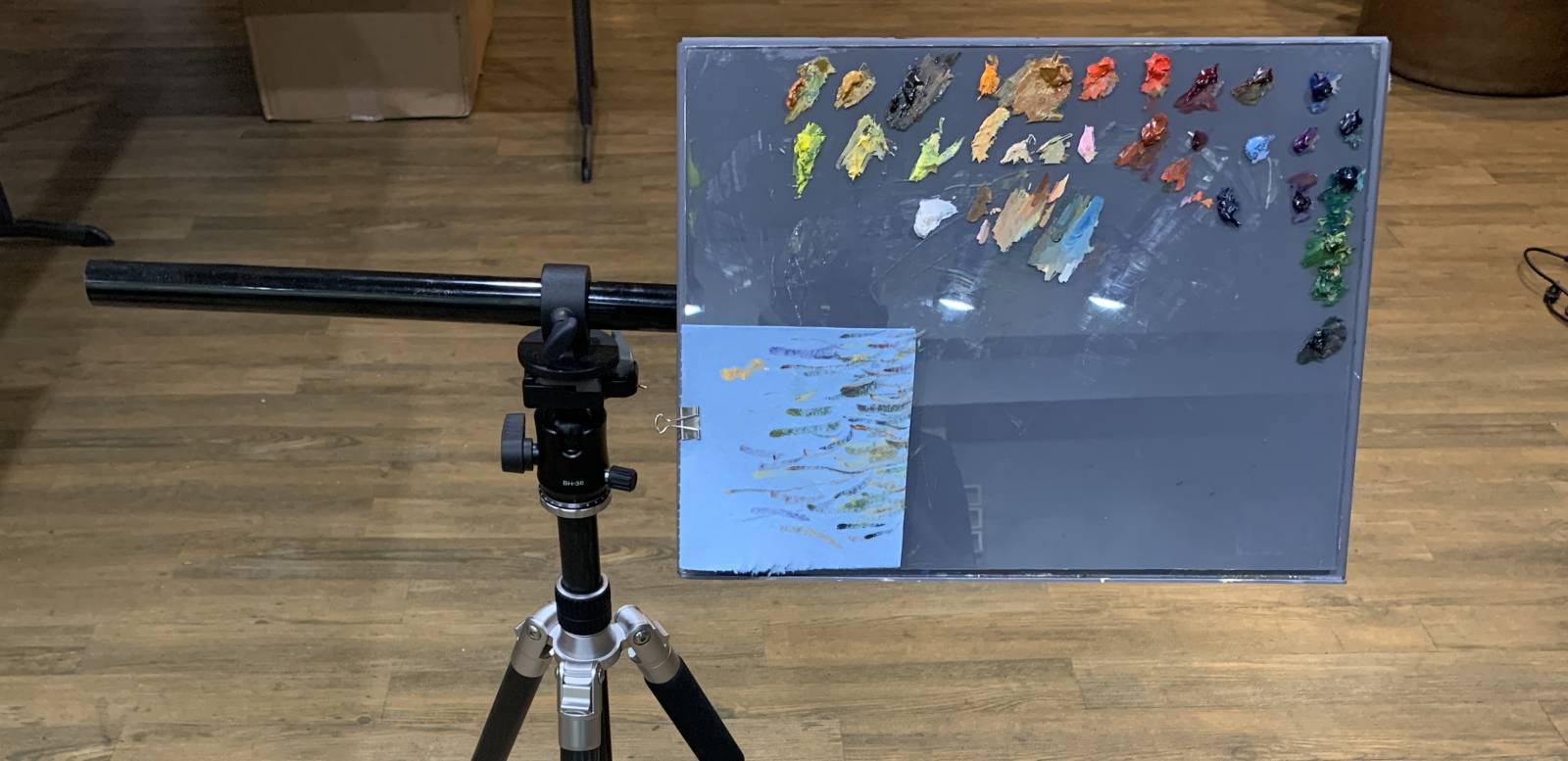

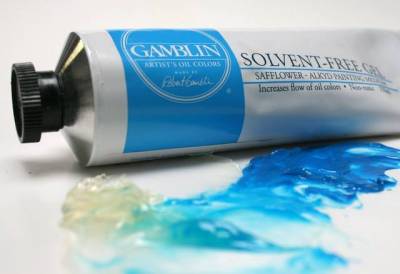
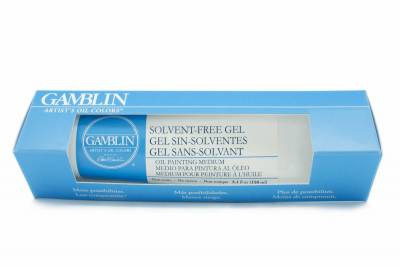
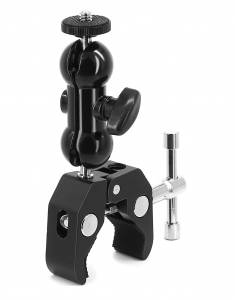
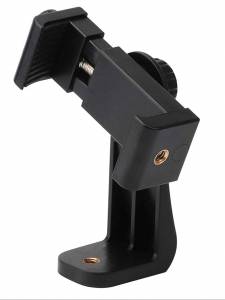
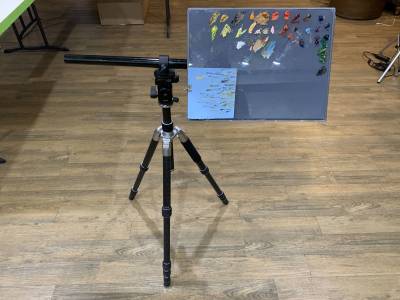

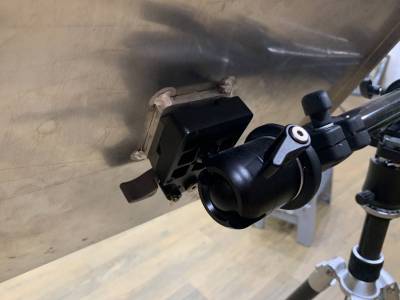
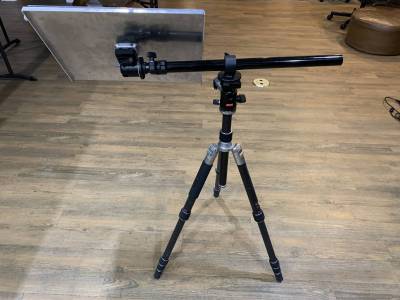
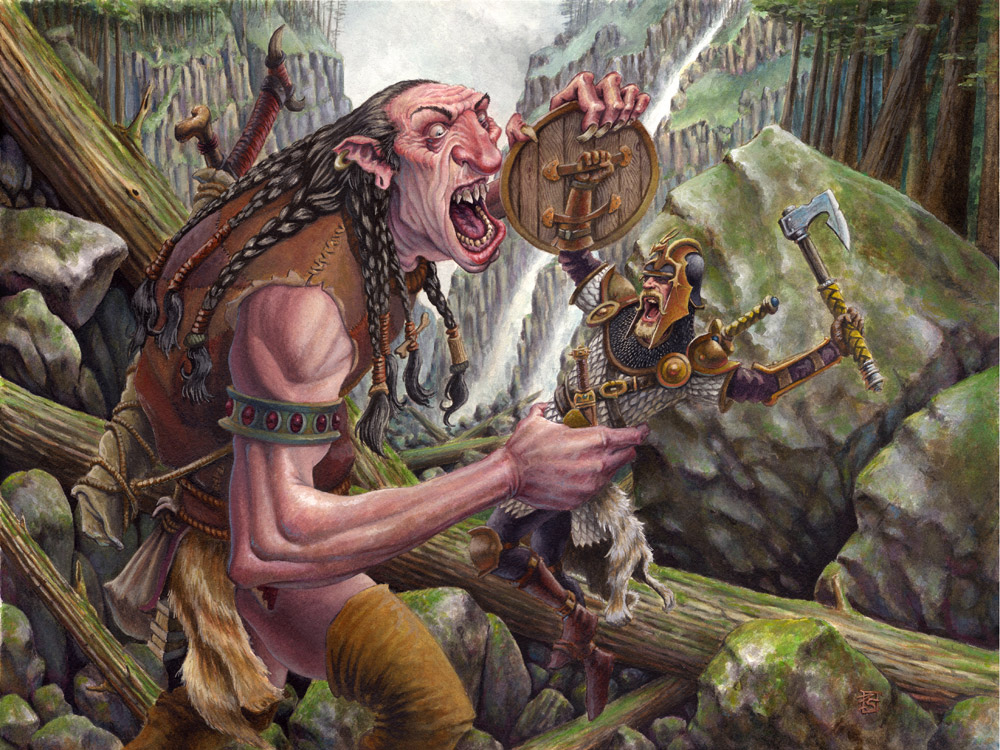
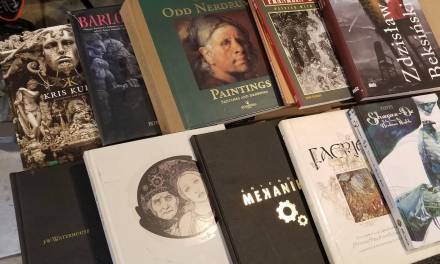
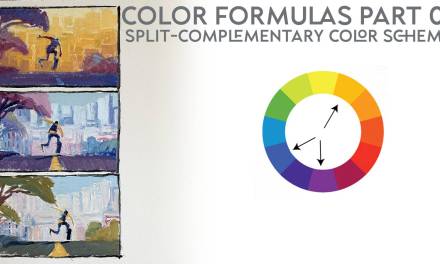


Looking forward to your next masterpiece created with the help of this tool.
Thank you, Valerii! You’re always a wonderful support!
Hi Howard While doing research on oleogel it states it’s over 90% oil, versus paint. It states that impasto mediam and venetian median are paints. Also their picture showing it mixed into white is misleading as George states not to use more than 20% into your paints (in their video All About Mediums) Their paste are paints and none of the gels are paints. Making your own oleogel is extremely simple as it’s simply adding the one ingredient to oil.